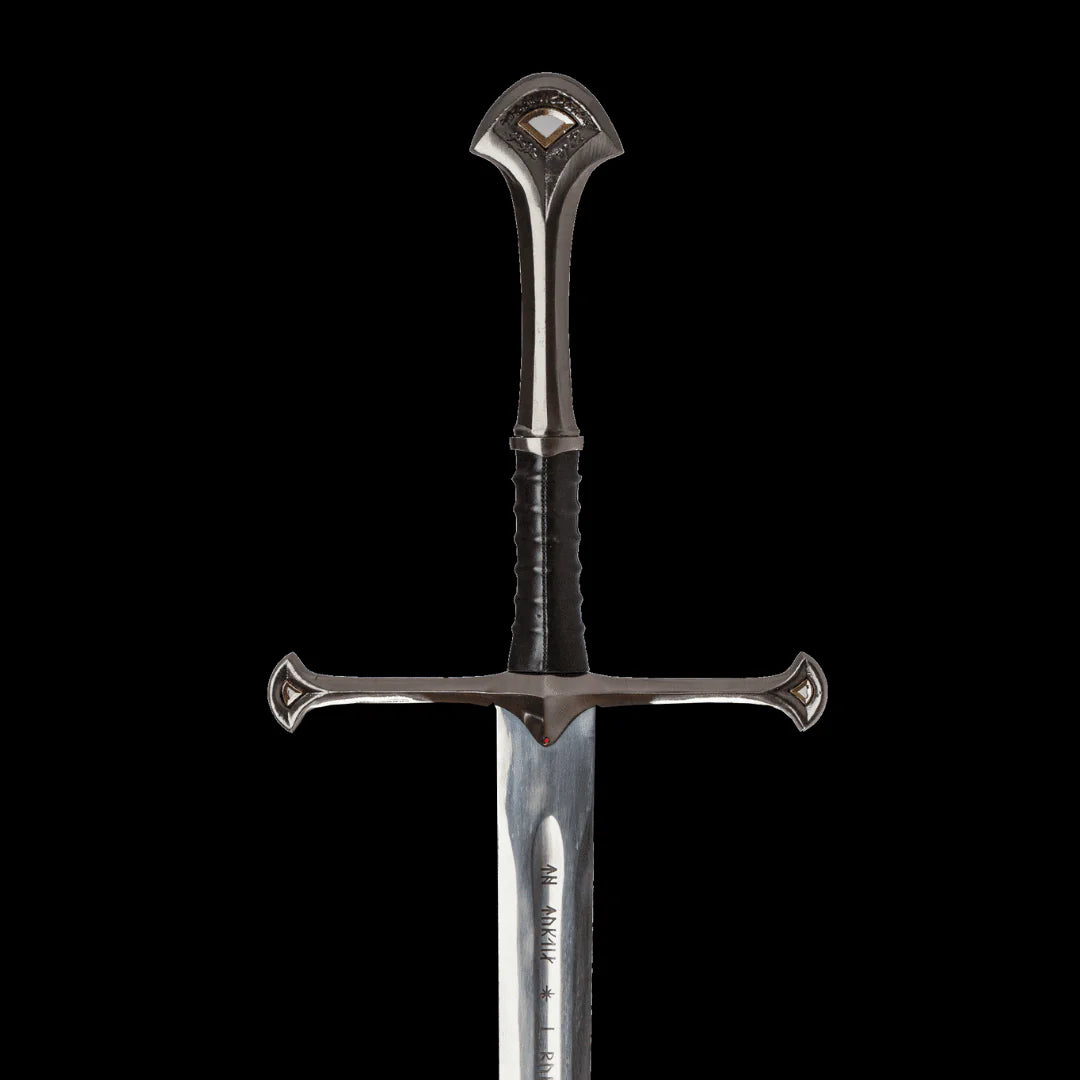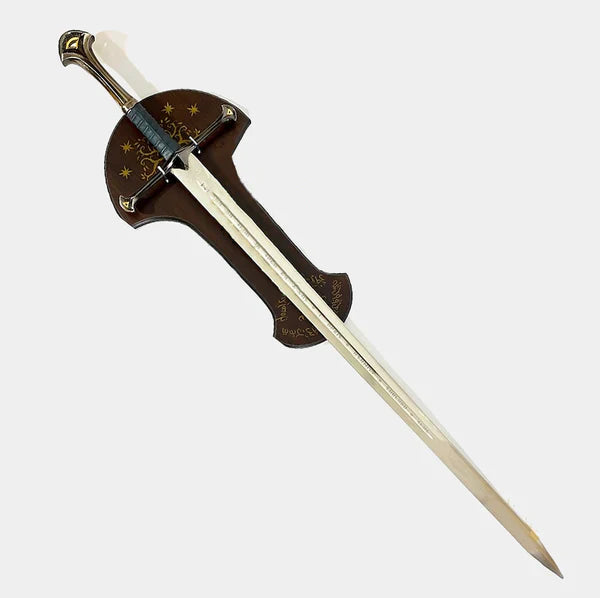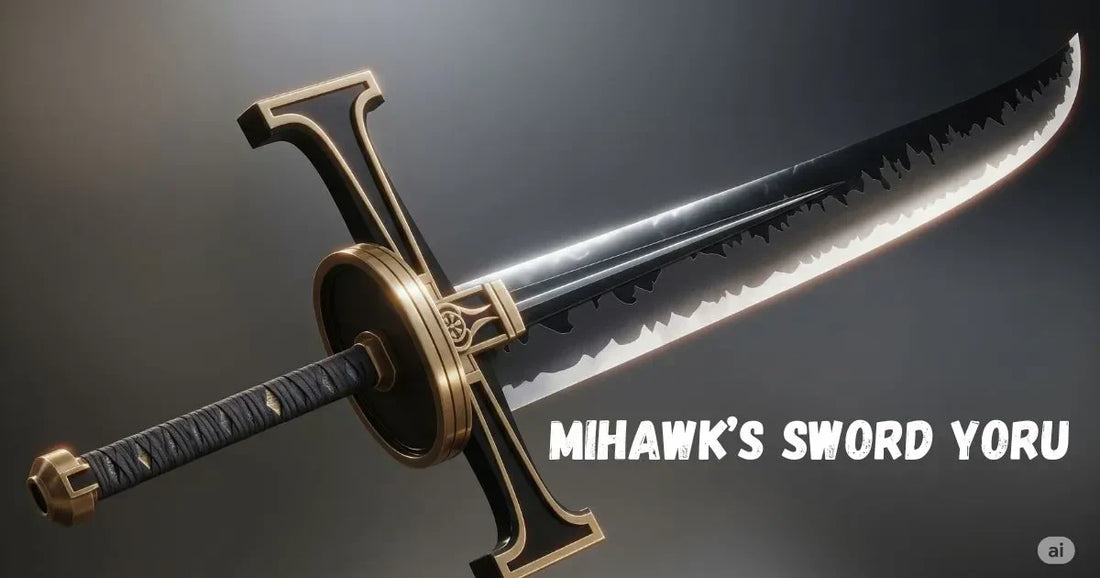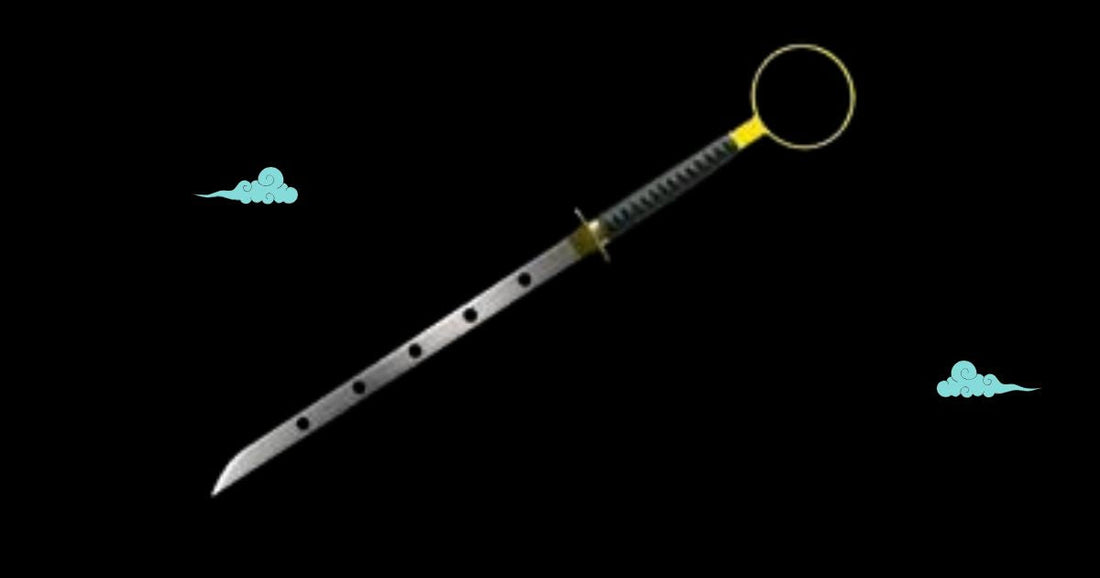






How to Sharpen a Sword
How to Sharpen a Sword
If you are a hobbyist who has chosen the perfect sword for your room, whether a medieval souvenir or an ode to your entertainment obsession, one crucial question will soon be crossing your mind. Do I need to sharpen my sword?
Yes, you do. Even though it's unlikely you will be swinging it anytime soon, any sword's edge dulls over time, and you'll want to sharpen it to keep it in prime condition.
While it may come across as a daunting task, you can get it done without cutting yourself as long as you're careful and follow simple rules.
First, you need to wipe down the sword with a rag and ensure there's no dirt on it to ensure a smooth process. Be very careful not to apply a lot of pressure, or you'll cut yourself.
Next, you can use a metal file and a whetstone. When using the former, prop the sword on a firm and stable table and angle it using a brick or block of wood.
Carefully position the file at an approximately 30° angle and start sharpening in even strokes, taking care to cover the entire length or a predetermined section. Do this in only one direction, and count your strokes.
Repeat this on both sides of the blade, making sure the strokes on each side are the same in number to avoid an uneven length. Stop filing when a natural metal edge is apparent. While rough, this will give you an even edge.
Next, you need a medium grit whetstone around 1000 – 1500. If you have a normal whetstone, you'll need to apply a thin sheet of oil onto it. This step is to make sure the blade gets smooth.
Again, angle the sword at 30° and move it back and forth against the stone. You'll need to exert uniform and consistent strength so that the blade doesn't end up uneven, and make sure to keep an eye on your hands, so the angle doesn't move.
Place your hand on the blunt upper side so that its path doesn’t move sideways and the pressure is consistent. If that makes you nervous, or you have a double-sided sword, get special thick gloves for the process.
Remember to be patient, as this can take up to an hour. If it's too heavy to do it in one go, divide the blade into sections and work your way slowly, but remember not to overdo any part. Apply more oil onto the whetstone if it gets unclear and murky after a while.
Finally, take a 400-grit sandpaper and smooth out any leftover unevenness by rubbing it on both sides. At this point, the blade will be extra sharp, so using gloves is a good idea.
Finally, wipe off your sword with a damp cloth, and it is ready to go back onto the wall or its stand-in prime condition. Keep an eye on it and sharpen it only when you feel blunt edges have appeared.
